Designing Immersive AR Experiences
Chosen theme: Designing Immersive AR Experiences. Step into a space where pixels respect physics, stories inhabit rooms, and interactions feel natural to your body. Join our community to share experiments, learn pragmatic techniques, and subscribe for weekly insights grounded in real-world AR design practice.
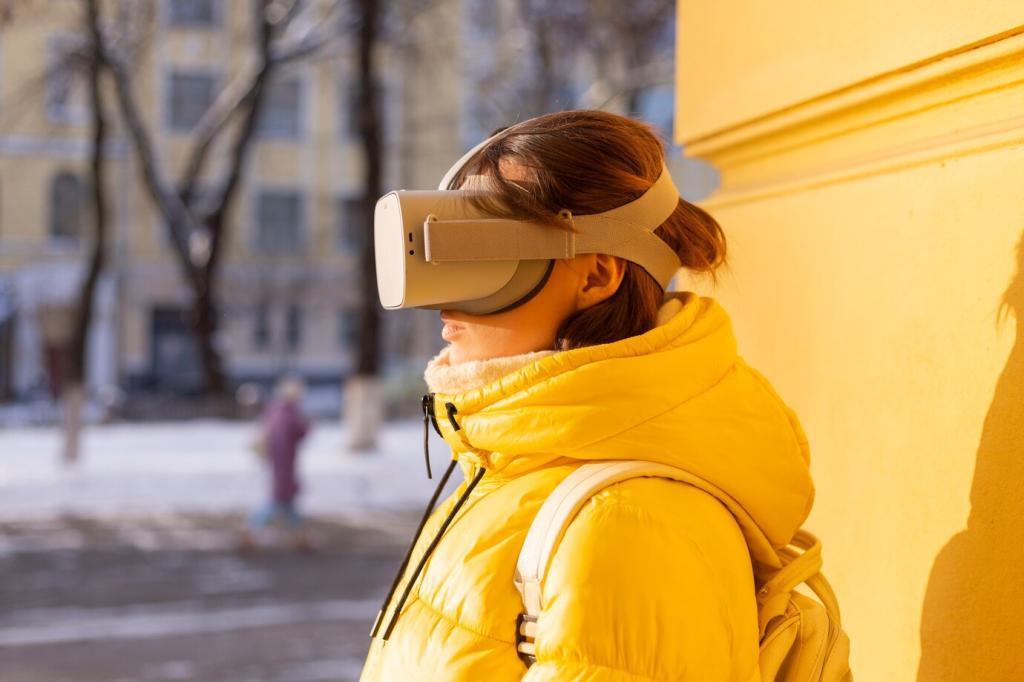
Principles of Presence in AR
Anchor content to stable, meaningful surfaces, not arbitrary world points. Use human-scale references—a chair, a doorway, a tabletop—so sizes feel honest. Maintain clear silhouettes and predictable depth ordering, allowing quick figure–ground separation as people glance, walk, and reorient within real environments.
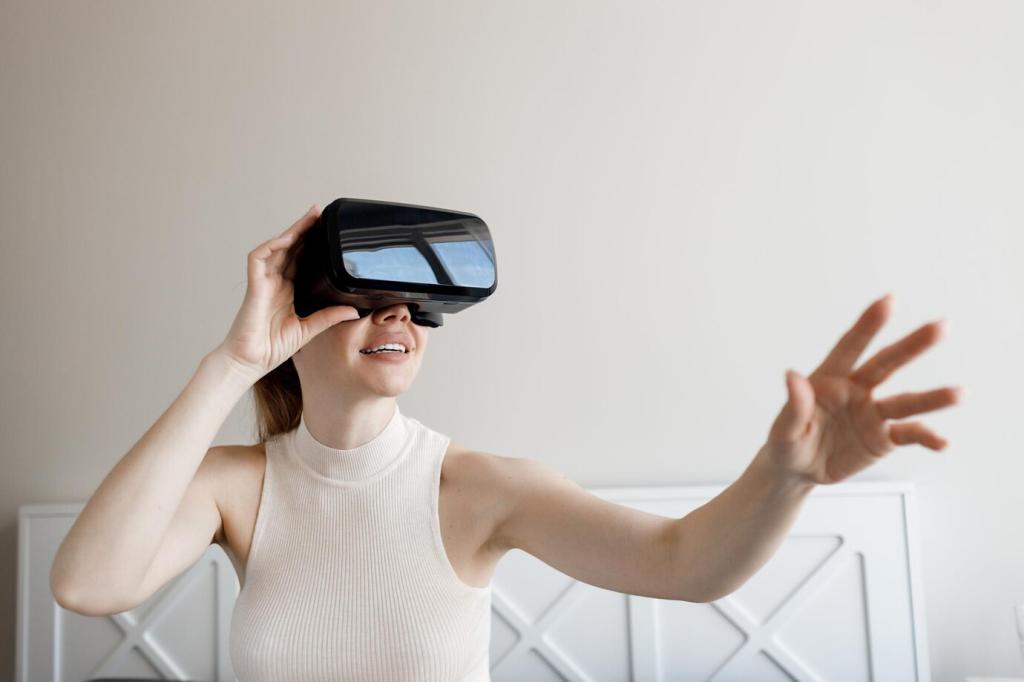
Prototyping That Feels Real
Block objects with cardboard, foam-core, or paper to explore scale and flow before writing code. Print fiducials or use sticky notes as anchors. Walk the route your user will take, note sightlines, and photograph placements to translate intentions into reliable, 3D-ready layouts later.
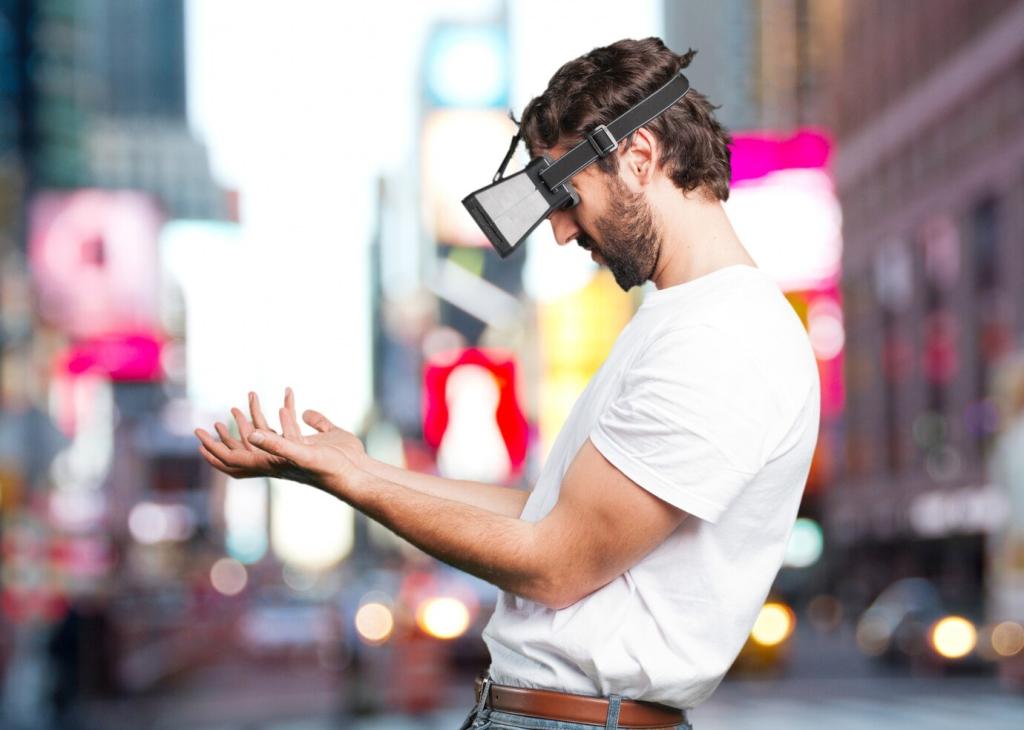
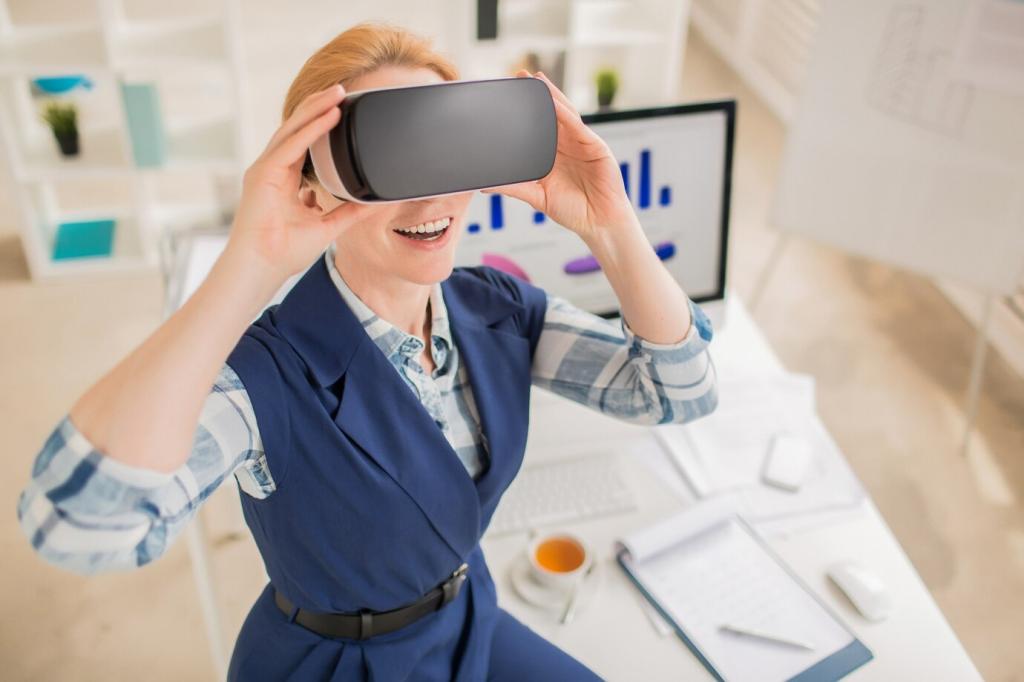
Prototyping That Feels Real
Simulate system intelligence by manually triggering events from a hidden controller. Observe reactions, not performances. Ask participants to narrate what they think the system understands. You will catch timing issues, confusing affordances, and overlong reveals before sinking time into engineering fragile behaviors.
Place-Based Storytelling With Real Anchors
Tie plot beats to architectural features, furniture, or repeated landmarks. In one museum pilot, we let a virtual curator whisper next to specific paintings; visitors instinctively leaned closer, aligning bodies and gaze with the works, turning the gallery into an intimate, guided conversation.
Temporal Beats and Micro-Reveals
Break content into tiny, rewarding steps. Offer subtle foreshadowing—sound cues, glints, or faint outlines—then reveal fully when users commit. Micro-rewards sustain momentum without overwhelming. The goal is curiosity, not spam; when in doubt, reveal less and let exploration complete the narrative.
Designing the Social Layer
Plan for spectators and collaborators. Spectator-friendly views prevent confusion when people watch without devices. For shared play, synchronize states around real-world checkpoints. A quick hand signal or colored halo helps teammates coordinate, making group presence feel as natural as pointing at a poster together.
Interaction Patterns That Work in the Wild
Allow users to grab and rotate, but guide them with snapping planes and soft limits. Subtle haptics or audio clicks confirm alignment. Prevent impossible states; for example, lock rotations near vertical to keep objects from flipping when people regrip awkwardly during quick adjustments.
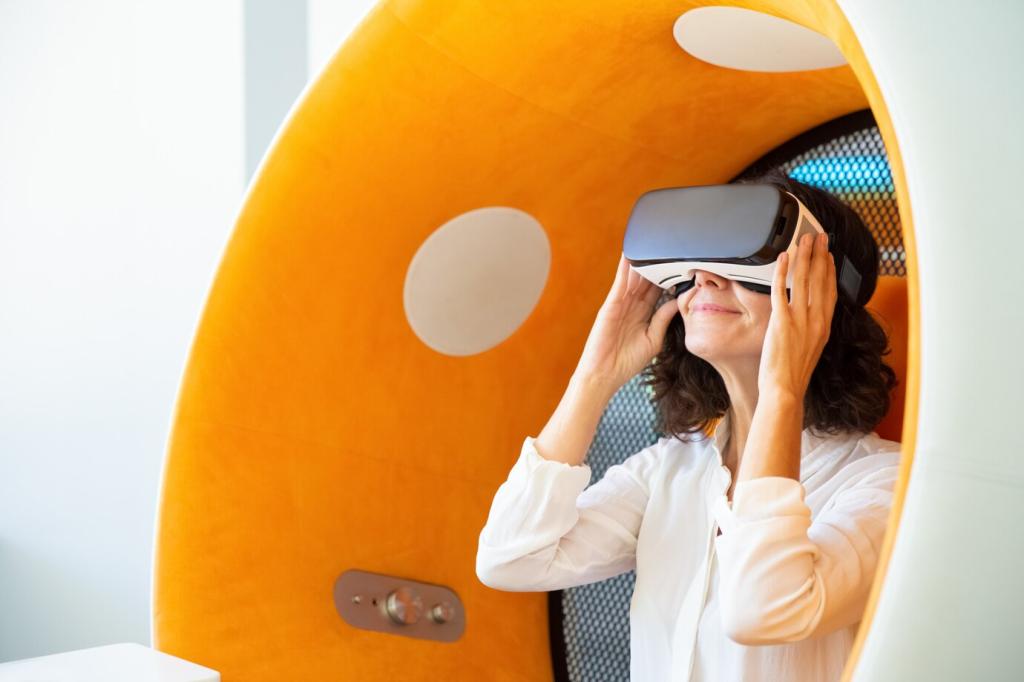
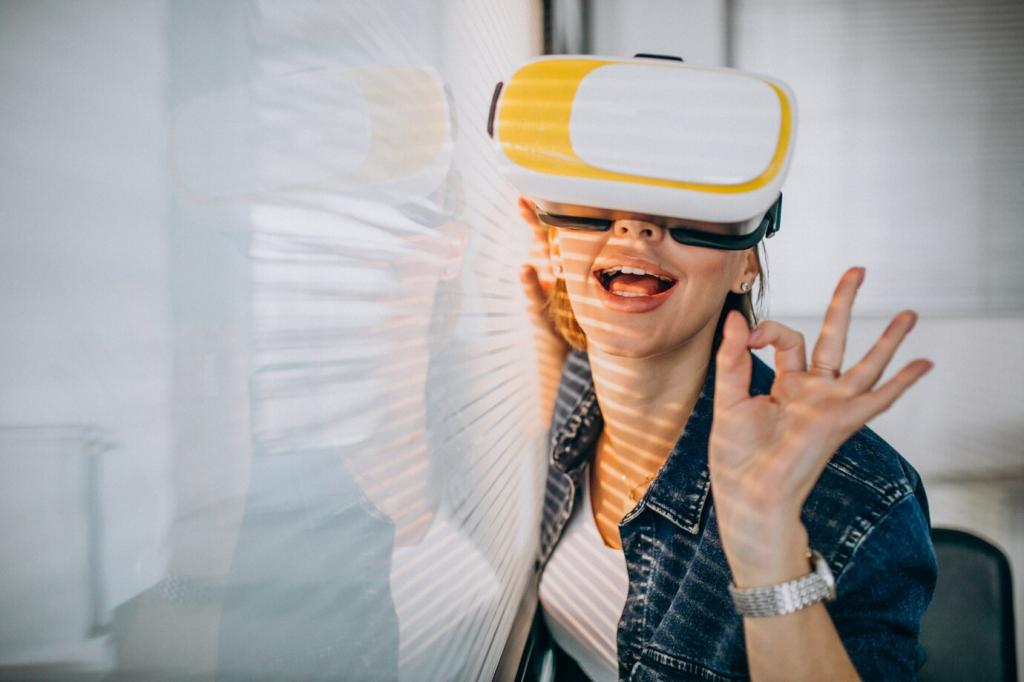
Performance, Reliability, and Believability
Favor textured, static surfaces. When environments are glossy or repetitive, seed your scene with trackable markers disguised as décor. Cache anchors and verify drift periodically. If a relocalization is required, make it a graceful, guided moment rather than an abrupt, unexplained reset.
Performance, Reliability, and Believability
Prioritize head-locked stability and input responsiveness over distant visual flourish. Keep particle counts modest and shaders simple. If you must drop detail, dim reflections first. Users forgive fewer sparkles; they do not forgive nausea, mismatched parallax, or laggy interactions that undermine embodiment.
Accessibility, Comfort, and Ethics by Design
Reducing Discomfort and Motion Mismatch
Avoid artificial camera moves; let the body drive perspective. Keep accelerations gentle and provide stationary focus points. Offer comfort modes with reduced motion, darker backgrounds, and lower contrast flicker. Always allow fast, anchored exits that re-center attention without disorienting the user or companions.
Inputs for Diverse Abilities
Support voice, large tap targets, dwell-based gaze selection, and external switches. Provide captions for spatial audio cues. Enable color-blind safe palettes and adjustable font sizes pinned to world surfaces. Inclusivity broadens your audience and uncovers better defaults for everyone navigating complex spaces.
Privacy and Consent in Shared Spaces
Treat spatial scans like sensitive data. Ask permission before capturing or sharing anchors. Anonymize maps, avoid recording faces, and provide transparent controls to delete or export. Respect bystanders: indicate when sensors are active and explain why. Trust is the foundation of any lasting AR experience.
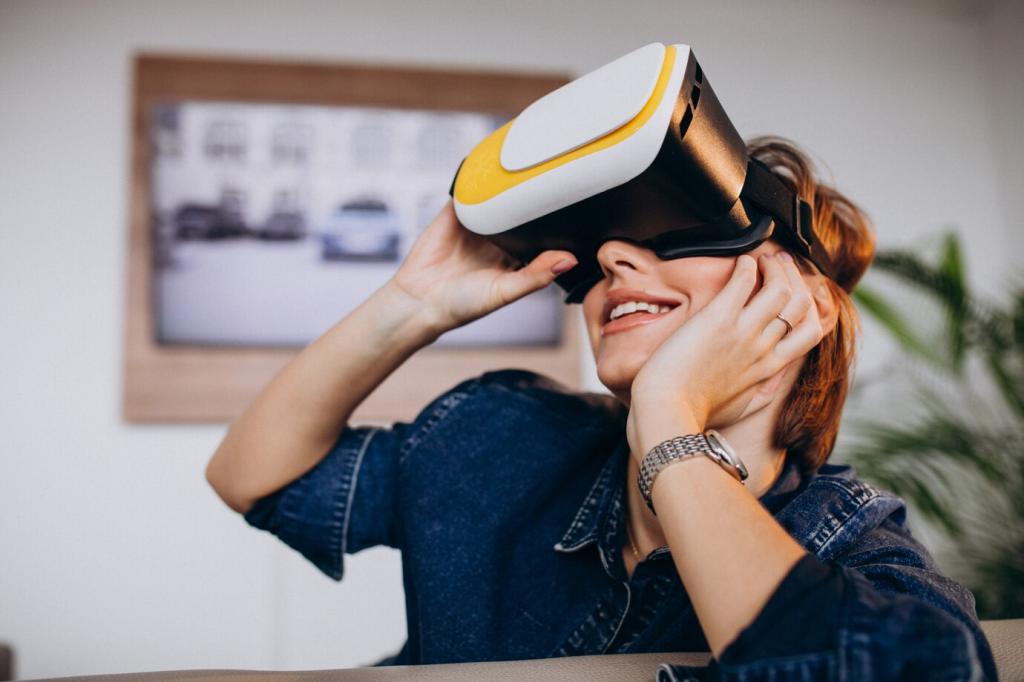
Handheld AR vs Headworn AR
Handheld sessions are snackable and arm-limited; prioritize quick tasks and on-demand viewing. Headworn allows persistent, hands-free layers; design for comfort and long flows. Maintain shared metaphors, but tune scale, occlusion, and interaction to each device’s field of view and input strengths.
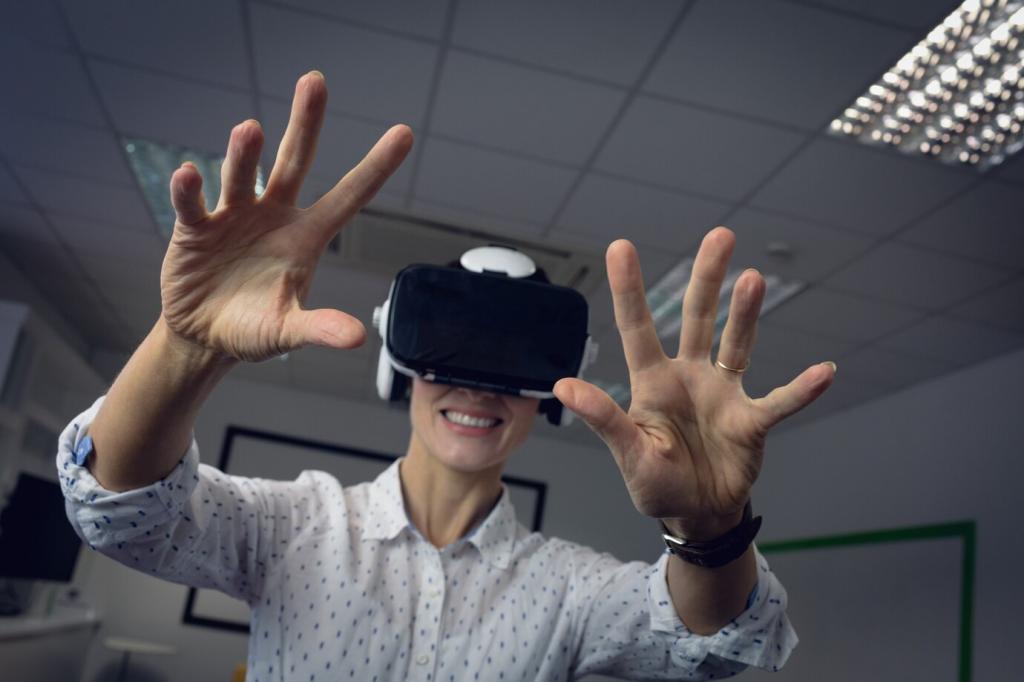
Environmental Diversity and Light
Outdoors, glare and shadows shift constantly; choose high-contrast materials, robust depth strategies, and adaptive exposure. Indoors, reflections and narrow spaces challenge tracking. Provide fallback modes and clear guidance to reposition, ensuring continuity when environmental variance would otherwise fracture the experience’s narrative thread.
